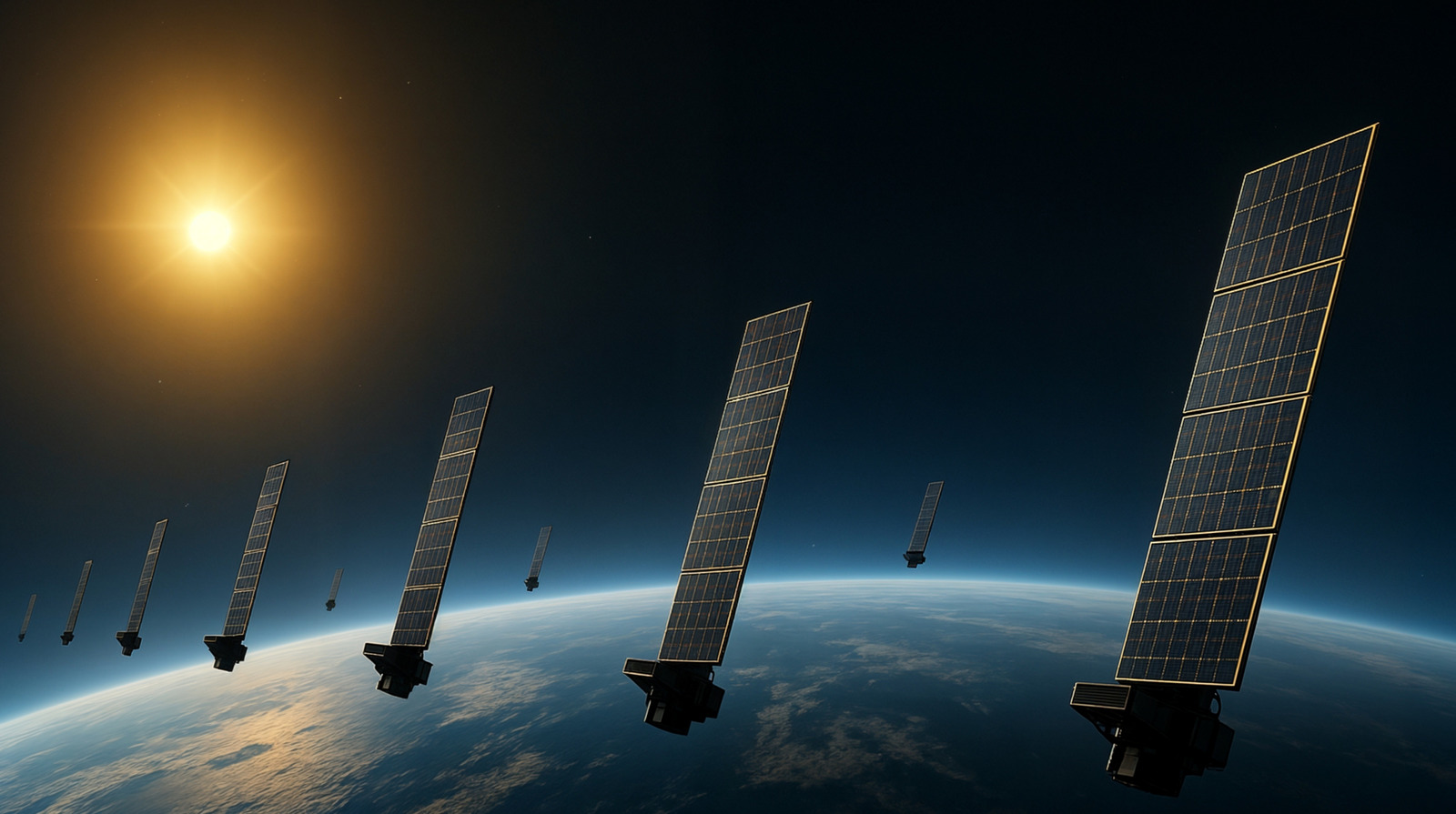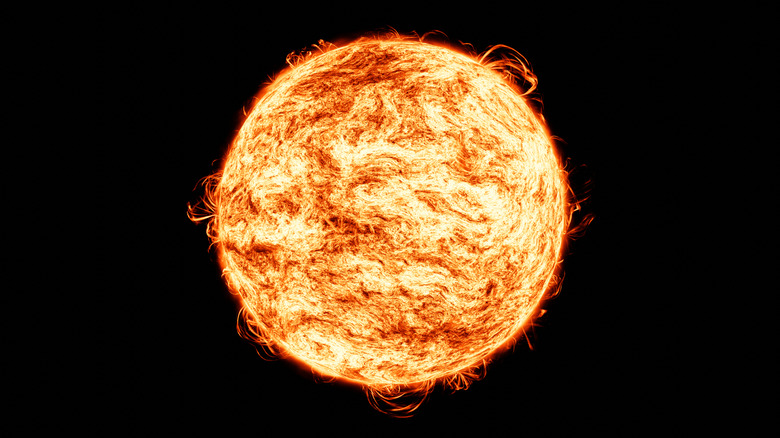What do you get when you cross exceptional amounts of solar activity with a fleet of low-Earth orbiting satellites? A crash course in how the sun is always the victor. Since SpaceX first launched the Starlink program back in 2019, there have been well over 500 atmospheric reentries that were unplanned.
That’s not a reason to think that Starlink could fail if adopted nationwide. For that matter, it doesn’t even mean these different kinds of Starlink dishes are literally falling to Earth like giant anvils from the heavens (the satellites are usually eviscerated before any major components can reach the planet’s surface). However, this does mean there’s an awful lot of uncalled-for orbital drag taking place. And the chief culprit is the king of our solar system, the sun.
Thanks in part to a relatively busy solar cycle — complete with solar flares, sunspots, and coronal mass ejections — the upper atmosphere is taking on a lot of heat, causing it to expand. With this growth comes an uptick in how much drag is placed on low-Earth orbiting spacecraft. When the gravitational force becomes too excessive, the dishes “fall” out of orbit, causing objects like Starlink satellites to burn away in the upper atmosphere.
The sun is angrier than usual
The sun is currently in the throes of its 25th solar cycle, an 11-year timespan in which our star experiences a gradual reversal in the alignment of its magnetic poles. According to a team of scientists led by space physicist Denny Oliveira, our solar system is going through the peak of the sun’s activity as it approaches the reversal of its magnetic poles, which is referred to as the solar maximum.
When all those solar flares or coronal mass ejections fire off, Earth’s upper atmosphere becomes saturated with streams of charged particles. You can think of these solar signatures as the involuntary kindling used to heat and expand the upper atmosphere. Scientists weren’t expecting this particular solar cycle to be as active as it’s shaped up to be, and SpaceX has been eating the cost of the sun’s numerous tantrums.
While all low-Earth orbiting objects are susceptible to upticks in solar activity, SpaceX has launched 8,873 Starlink satellites since 2019, and there are 7,669 of these dishes still operating. That means 1,204 satellites are no longer functioning, hundreds of which were deorbited, and at a surprisingly historic time; there have never been so many low-Earth orbiting satellites during periods of such high solar activity.
The cost of doing business in space
It’s important to keep in mind that many of the Starlink dishes that have fallen out of orbit and burned away were programmed to do so by SpaceX. As new dishes are released and sent into orbit, and older hardware becomes outdated, intentionally deorbiting the obsolete gear is the only way to keep these constellations updated and deliver on the high speed internet that Starlink promises. But the sun’s heightened activity is a variable that’s tough to account for, especially since we can’t physically “cool down” the upper atmosphere when it becomes overheated.
SpaceX designs its dishes to retire them after five years of service, and the hardware is designed to disintegrate before reaching Earth’s surface. While the occasional bit of debris is able to defy the odds and reach the ground, the majority of these dishes never make it below the upper atmosphere.
It’s the cost of doing business in the cosmos for SpaceX, but also a reminder that, regardless of how incredible human technology becomes, the sun and gravity are ultimately the forces that get to call the shots in the end.











